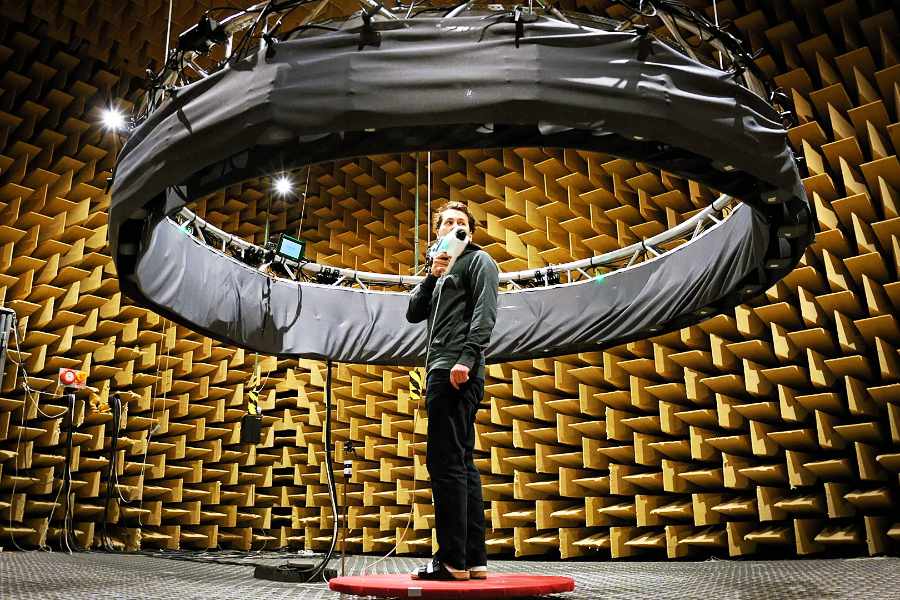Researchers from Sweden's Chalmers University of Technology investigated how effectively people can locate warning sounds (AVAS - Acoustic Vehicle Alerting System) from electric and hybrid vehicles at low speeds, finding significant safety concerns.
For context: In the US, AVAS requirements apply to vehicles up to 18 mph. In Europe, China, and Japan, the requirement applies to vehicles traveling at speeds below 12 mph.
Why it matters
When multiple electric cars drive through the same area, people can't tell where the warning sounds come from. For example, in parking lots with several similar cars, this creates real danger for pedestrians who hear beeping but can't find the source.
The problem
Current safety rules only require that people be able to detect electric vehicle sounds. They don't require that people can locate where those sounds come from. Car makers design their warning signals, but these often use simple tones that are hard to pinpoint.
The test
Researchers at Chalmers University tested 52 people in a controlled environment. They played three types of electric vehicle warning sounds through speakers arranged in a circle.
- The test included background noise like you'd hear in a quiet parking lot.
- Test subjects heard signals from about 7.5 meters away
- 24 speakers surrounded each test subject
 Using a toy gun laser pointer, a test subject in Chalmers' acoustics lab tries to locate warning sounds from electric cars. Credit: Chalmers
Using a toy gun laser pointer, a test subject in Chalmers' acoustics lab tries to locate warning sounds from electric cars. Credit: Chalmers
Key Findings
All electric vehicle warning signals were harder to locate than internal combustion engine sounds. Test subjects consistently struggled with directional identification of AVAS signals compared to traditional engine noise
Two-tone signals from multiple vehicles were impossible to locate accurately. When three vehicles emitted the same two-tone signal simultaneously, none of the 52 test subjects could identify all signal sources within the 10-second time limit.
Current regulations focus on detection, not localization. International standards require vehicles under 12 mph (Europe, China, Japan) or 18 mph (US) to emit warning signals, but only mandate detectability, not directional clarity.
Real-world scenarios pose greater risks. Multiple similar vehicles in parking lots or traffic areas could emit identical AVAS signals, creating confusion about vehicle location and number.
A closer look
Regular car engines are easier to locate because they create short sound pulses across all frequencies. Electric vehicle warning signals often use fixed tones at single frequencies. Our ears struggle with these simpler sounds.
The familiarity factor matters too. We've heard engine sounds our whole lives. Electric vehicle beeps are still new to most people.
The takeaway
Quieter electric cars reduce noise pollution. But we need better warning sounds that people can locate.
- Current signals meet legal requirements but fail in real-world situations.
- As electric vehicles become more common, fixing this problem becomes more urgent.
- Up next: The researchers are now studying how these warning sounds affect pedestrians and cyclists. They want to find signals that work for detection and location without creating annoying noise pollution.
Healthy hearing starts her
Learn about the health of your hearing with a free 15-minute hearing screening by an audiologist.
★ Call 708-599-9500 to schedule your free screening.
★ For facts about hearing loss and hearing aid options, grab your copy of The Hearing Loss Guide.
★ Sign up for our newsletter for the latest on Hearing aids, dementia triggered by hearing loss, pediatric speech and hearing, speech-language therapies, Parkinson's Voice therapies, and occupational-hearing conservation. We publish our newsletter eight times a year.
Don't let untreated hearing loss spoil your enjoyment of life.


